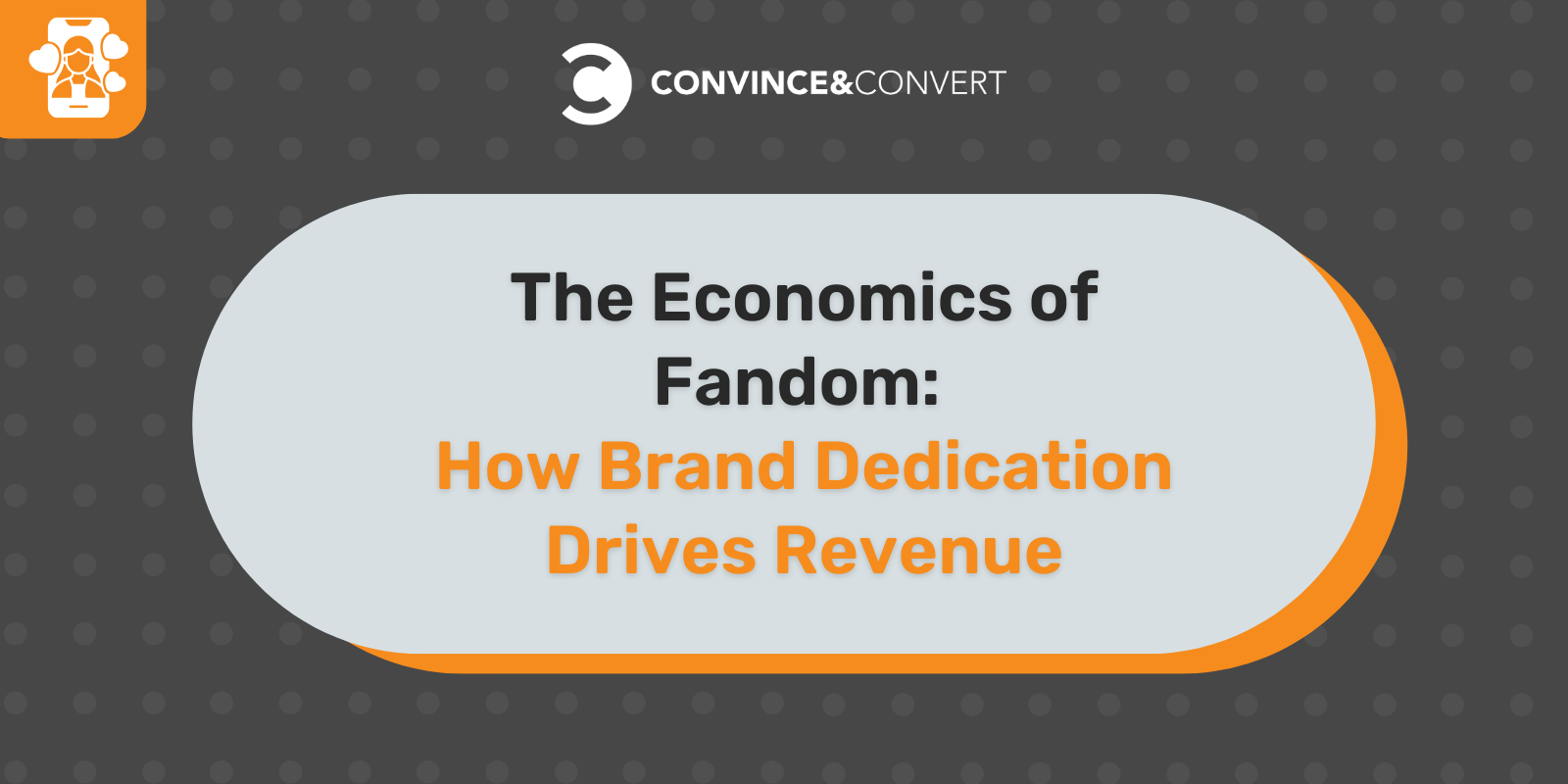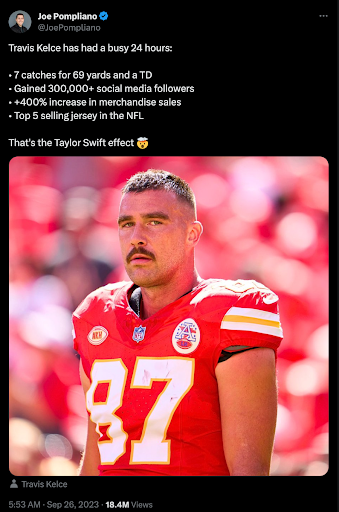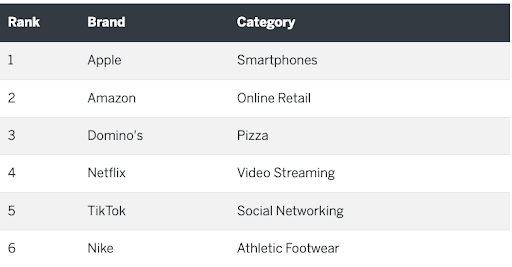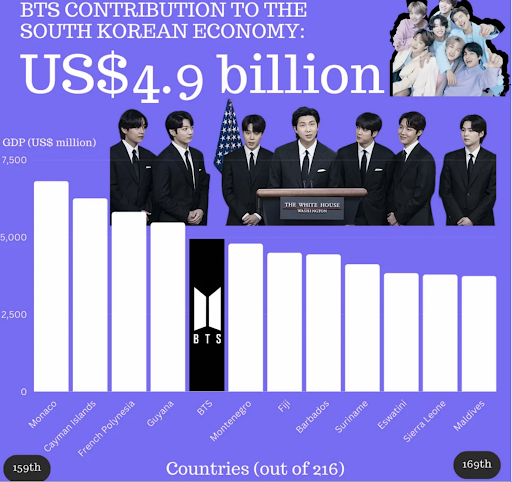
I know, I know we’ve all made fun of fangirls in the past. But if there’s anything we’ve learned from the Swifties last year, it’s that they (we) are powerful. And we take some serious action. According to Pollstar, Taylor Swift’s Eras Tour grossed over $1 billion — $1,039,263,762 — making it the single highest-grossing trek of all time and the first tour ever to cross the 10-digit threshold. Put into perspective, The Eras Tour is 11.3% of the entire $9.17 billion Top 100 Worldwide Tour Chart gross. Call it “girl math” but even though times are tough, the fangirls are buying like crazy and rationalizing every purchase simply because we LOVE it. It’s not logical and it’s not supposed to be – it’s every marketer’s dream.
The Fandom Effect: By the Numbers
Let’s look at the numbers: according to CBS Sports, since Taylor Swift’s appearance at Sunday’s Chiefs game vs. the Bears, Kelce has gained roughly 300,000 new Instagram followers, a 400% increase in merchandise sales and landed a spot as one of the NFL’s top-five selling jerseys.
StubHub representatives said they have seen nearly a 3x increase in sales in a 24 hour window for Chiefs home games compared to each of the few days prior. Also, single-day website searches for the Kansas City Chiefs on StubHub have increased by 3x since Taylor attended the Chiefs matchup against the Bears.
They’re calling it the Taylor Swift effect but really, it’s the ‘fandom effect.’

Virtually every industry’s got a fandom. Ask any person you know and they’re likely a part of one. From movies and music artists to TV shows and sports, these communities have naturally formed out of shared interest, turning any franchise into an identity-marker.
| Twihards | Trekkies | Potterhead | Warsies | MCU |
| Directioners | Army | Swifties | Beatlemania | MIDZY |
| Thronies | Whovians | Bakerstreet | Friends Central | My Hero Academia |
| Manchester United | New York Yankees | LA Chargers | Real Madrid | Green Bay Packers |
Fandom Marketing 101
Fans are a marketer’s greatest asset. They’re your most loyal consumers and your biggest advocates yet when you think of fans, you don’t automatically think of brands. The extent of fandom marketing currently is in capitalizing on a celebrity or influencer’s fanbase – slapping them onto a campaign and expecting that celebrity’s fans to convert to a brand fan (*ahem* Calvin Klein’s campaign with Jeremy Allen White). While this provides awareness and PR to the brand, that’s as far as it goes. It’s superficial.
Though there are brand loyalists out there, we wouldn’t go so far as to call them a fandom. Some long standing brands and “big dogs” in the game have put in the legwork to cultivate their communities and retain customers. According to a Qualtrics study: Apple, Amazon, Domino’s, Netflix, TikTok, and Nike are among the brands with the most loyal customers in 2023. The real win though is if brands can turn their loyalists into fans and build their brand fandom, which no brand has yet achieved.

Entering the Rabbit Hole
The rabbit hole – it’s every fan’s dream to be sent into a spiral. Why is it that when every one of my friends that starts consuming BTS or Seventeen or ENHYPEN, or really any KPop group’s content, they happily get “in a hole” and can never go back? Case in point: my friend who I haven’t seen in merely 1 week somehow got into Seventeen in that time and dropped over $200 to see them in concert this week. The rabbit hole entry point? The lore.
Every KPop group has built an entire universe that serves the fans. Here’s what the BTS Army world looks like: you’ve got their music and accompanying storylines, YouTube vlogs on day-to-day life, webtoons, BT21 animal cartoon, “Love Yourself” campaign against bullying, individual member personal brands with unique interests / personalities, fan events, Run BTS show, Bon Voyage show, In the Soop show, and so much more.
The Power of The Fandom
Groups like BTS recognize the power of the fandom. They give back, never forget to show their gratitude, and the fans see that. Simply put, if brands want customers to become fans, they need to put in the work too. It’s not enough to simply have a good product. For a brand to create its own fandom, it needs to do more – think: getting people in on the thinking behind each design, the story behind the product concept, the humans that went into creating a campaign, opening up the channels of communication that allows your customer to create alongside you.

What are your opinions on BTS fandom? Click To Tweet
With all the effort BTS put in, the result is two-fold. Despite taking a hiatus in 2023 they have made an immense contribution to South Korea’s culture, economy, and industry; so much so that BTS’ impact has been labeled as “Bangtan Economy” according to Indonesia Business Post. According to the Hyundai Research Institute, BTS has generated billions of dollars since their inception in 2013, primarily from album sales, concert ticket sales, and social media activities. By the year 2020, the group was making an annual contribution of $3.5 billion to the country’s economy. Despite the adverse impact of the pandemic on the live concert industry, BTS managed to boost HYBE’s revenue by 58%, as indicated by the company’s year-end reports for 2021, earning a substantial 1.3 trillion won, which is nearly equivalent to a billion U.S. dollars.
Brand Lessons From Fandoms:
- Be a real fan. The only right way to connect with these fandoms is by being a fan, sharing their interest, and joining them. The most foolproof way to do this is by hiring a fan. That being said, the fandoms are legit and if they sniff out that you’re faking it, you’re going to be in serious trouble.
- Brands are made up of people. These people should be your first fans and will lead the fandom. Put those people front and center and people will connect with the brand.
- It’s just as important to deepen your existing fanbase as it is to gain new fans. The worst thing you can do when growing your community is alienating the ones who’ve discovered you early on and stayed loyal throughout.
- Forget influencer marketing, UGC partnerships, and loyalty programs. Invest in building your brand fandom: develop the universe, the lore, and allow your users to get into the hole.
A mutually beneficial brand fandom relationship boils down to 1 simple thing: give and they will give back. Give them a real voice with real power and influence. Think: Taylor Swift listening to her fans’ complaints of Snow On The Beach feat. Lana Del Rey not featuring enough Lana so she released Snow On The Beach feat. More Lana Del Rey (no seriously).
Fandoms work best when the subject of their attention pays just as much attention to them. By investing in your fans, you can be sure they’ll invest back (and boost the economy while they’re at it!).


